I am working on a task, where I need to calculate time spent on each day and then represent that time using a bar plot, so for this task I used python and able to get time spent on each day, and stored it in a list "time_list", now I don't understand how to plot this using matplotlib function.
The problem is that, this list contains datetime.timedelta class values. Example:
time_list
[datetime.timedelta(0, 23820), datetime.timedelta(0, 27480), datetime.timedelta(0, 28500), datetime.timedelta(0, 24180), datetime.timedelta(0, 27540), datetime.timedelta(0, 28920), datetime.timedelta(0, 28800), datetime.timedelta(0, 29100), datetime.timedelta(0, 29100), datetime.timedelta(0, 24480), datetime.timedelta(0, 27000)]
And these values meaning is as follow:
Total Time Spent on 2 is 6:37:00
Total Time Spent on 3 is 7:38:00
Total Time Spent on 4 is 7:55:00
Total Time Spent on 5 is 6:43:00
Total Time Spent on 8 is 7:39:00
Total Time Spent on 9 is 8:02:00
Total Time Spent on 10 is 8:00:00
Total Time Spent on 11 is 8:05:00
Total Time Spent on 12 is 8:05:00
Total Time Spent on 15 is 6:48:00
Total Time Spent on 16 is 7:30:00

